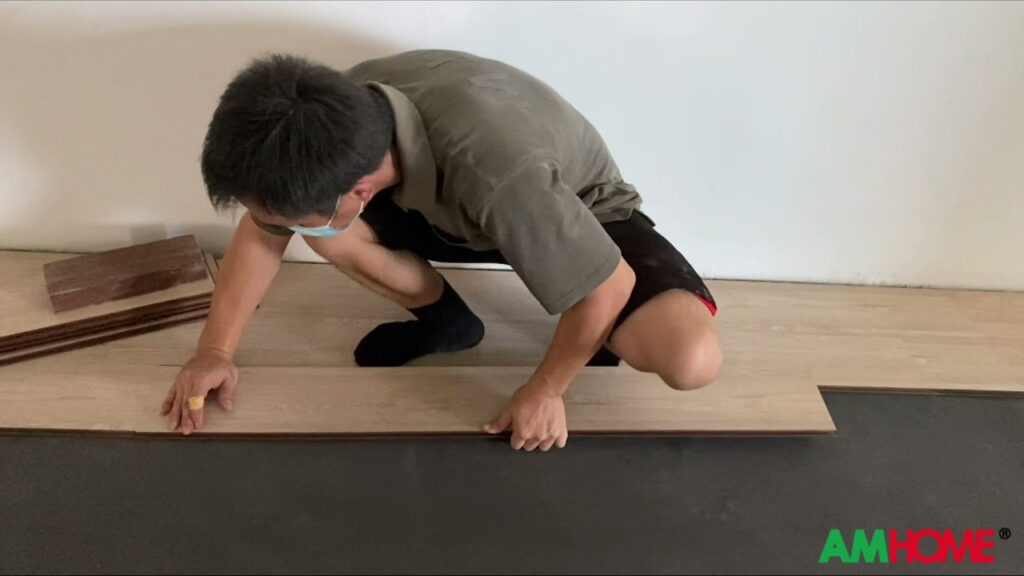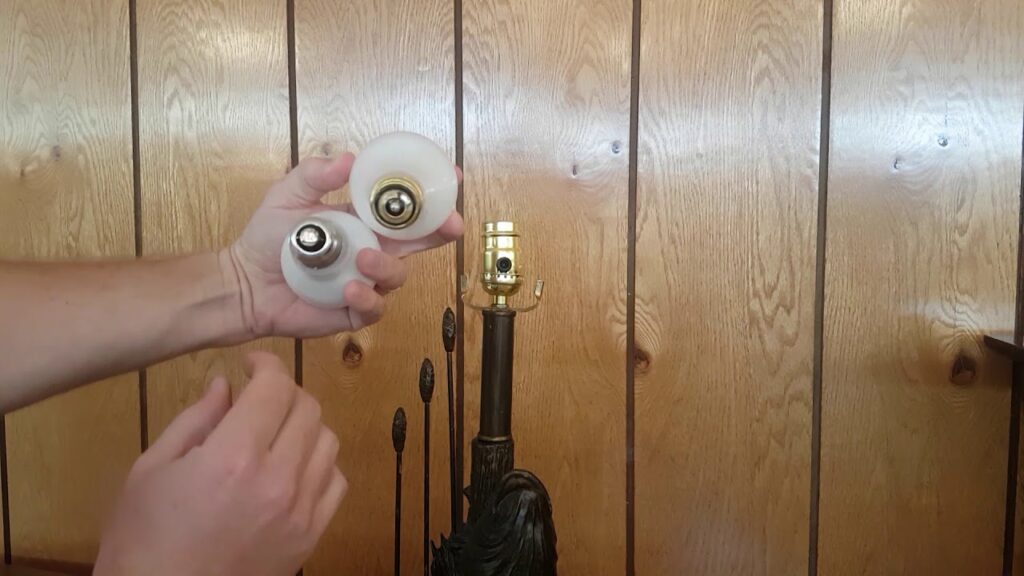The Pros and Cons of Sheet Vinyl Flooring
Pros of Sheet Vinyl Flooring:
- Affordability: Sheet vinyl flooring is a cost-effective option for homeowners, making it a budget-friendly choice.
- Durability: It is highly resistant to scratches, dents, and stains, making it suitable for high-traffic areas in homes.
- Water Resistance: Sheet vinyl is waterproof, making it an ideal flooring option for bathrooms, kitchens, and basements.
- Easy Maintenance: With simple regular cleaning and minimal maintenance, sheet vinyl flooring can maintain its appearance for years.
Cons of Sheet Vinyl Flooring:
- Limited Design Options: While sheet vinyl has come a long way in terms of design, it may still have fewer design options compared to other flooring materials like tile or hardwood.
- Vulnerability to Tears: Heavy furniture or sharp objects can cause tears or gouges in sheet vinyl, requiring repair or replacement.
- Environmental Impact: Some sheet vinyl flooring may contain PVC, a material with environmental concerns, and it may not be easily recyclable.
- Installation Complexity: Proper installation of sheet vinyl flooring requires meticulous attention to details and may be challenging for inexperienced DIYers.
Advantages and Disadvantages of Vinyl Tile Installation
Advantages of Vinyl Tile Installation
- Durability: Vinyl tiles are highly durable and resistant to scratches, stains, and water, making them ideal for high-traffic areas such as kitchens and bathrooms.
- Easy Maintenance: Vinyl tiles are easy to clean and maintain, requiring only regular sweeping and occasional mopping to keep them looking new.
- Affordability: Compared to other flooring options, vinyl tiles are relatively affordable, making them a budget-friendly choice for homeowners.
- Versatility: Vinyl tiles come in a wide variety of colors, patterns, and designs, allowing for endless customization options to suit different interior styles.
Disadvantages of Vinyl Tile Installation
- Susceptibility to Damage: While durable, vinyl tiles can still be susceptible to damage from heavy furniture or sharp objects, leading to cuts or tears in the material.
- Environmental Impact: Some vinyl tiles may contain harmful chemicals and contribute to indoor air pollution, posing potential health risks to occupants.
- Installation Challenges: Improper installation can result in visible seams or imperfections, requiring professional expertise for a seamless finish.
- Resale Value: Vinyl tile flooring may not add as much resale value to a property as some other flooring options, potentially impacting the overall property value.
Comparing Cost and Installation Process
When considering home improvements or renovations, cost and the installation process are crucial factors to compare. The cost of a project can vary significantly depending on factors such as materials, labor, and the size of the area to be renovated. It’s important to weigh the upfront costs with the long-term benefits and durability of the materials.
In terms of the installation process, some projects may require professional assistance, while others can be tackled as do-it-yourself endeavors. Understanding the level of expertise and labor required for installation can impact both the timeline and the overall cost of the project. It’s important to consider the feasibility of DIY installation versus hiring professionals, taking into account skill level, time availability, and potential risks or complications.
Moreover, the longevity and maintenance needs of different material options should be evaluated in relation to cost and installation. For example, hardwood flooring may have a higher upfront cost compared to laminate, but it could offer greater longevity and a more luxurious appearance. Additionally, considering the environmental impact and sustainability of materials can also play a role in the decision-making process.
In summary, when comparing the cost and installation process for home improvements, it’s essential to consider the upfront expenses, long-term benefits, labor requirements, and overall feasibility of the project. By carefully evaluating these factors, you can make informed decisions that align with your budget and desired outcomes.
Which Option Is Best for Your Space?
When it comes to choosing the best option for your space, it’s important to consider the specific needs and requirements of the area. Whether you are looking to maximize storage, create a versatile layout, or simply enhance the aesthetic appeal, there are various options to explore. From modular furniture to custom-built solutions, each choice offers its own set of advantages and considerations.
Modular furniture is a popular choice for many spaces due to its flexibility and versatility. With the ability to mix and match different pieces, you can customize the layout to suit your specific requirements. This option is ideal for those looking to adapt their space to different purposes or accommodate changing needs over time. Additionally, modular furniture often offers efficient storage solutions, making it a practical choice for smaller or multifunctional spaces.
On the other hand, custom-built solutions provide the opportunity to tailor every aspect of the design to fit the space perfectly. Whether it’s a built-in shelving unit, a bespoke storage system, or a customized seating arrangement, this option allows for a truly personalized approach. While custom-built solutions may require a higher initial investment, they offer the advantage of maximizing the use of available space and creating a seamless, integrated look.
Ultimately, the best option for your space will depend on your individual preferences, budget, and the specific requirements of the area. By carefully evaluating the benefits and considerations of each choice, you can make an informed decision that aligns with your vision for the space. Whether you opt for the flexibility of modular furniture or the tailored approach of custom-built solutions, prioritizing functionality and aesthetics will ensure a satisfying result.
Conclusion: Making the Right Choice
When it comes to making the right choice, it’s important to consider all the factors involved. Whether it’s choosing a product, service, or a path in life, the decision-making process can be daunting. However, by conducting thorough research, understanding your priorities, and weighing the pros and cons, you can make an informed decision.
Research: One of the first steps in making the right choice is to gather information. This could involve reading reviews, comparing options, and seeking recommendations from trusted sources. By arming yourself with knowledge, you can make a decision that aligns with your needs and preferences.
Priority: Understanding your priorities is crucial in making the right choice. What matters most to you? Is it quality, affordability, convenience, or something else? By clarifying your priorities, you can narrow down your options and identify the best choice for your specific situation.
Pros and Cons: Evaluating the pros and cons of each choice is key to making an informed decision. Consider the potential benefits and drawbacks of each option, and assess how they align with your goals and requirements. By carefully weighing the pros and cons, you can make a choice that brings the most value to your life.
In conclusion, making the right choice involves thorough research, understanding your priorities, and evaluating the pros and cons. By following these steps, you can make informed decisions that lead to positive outcomes.


